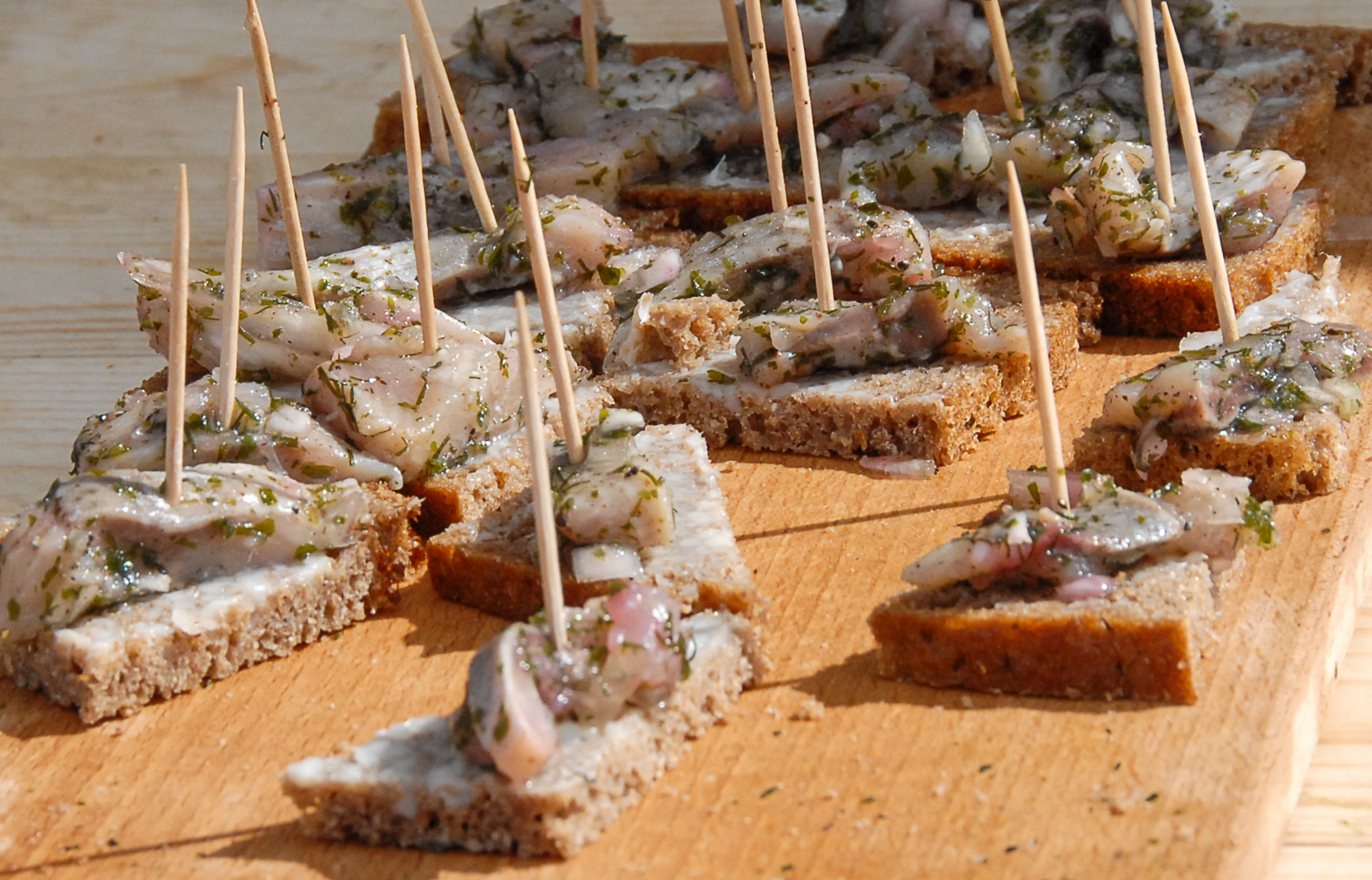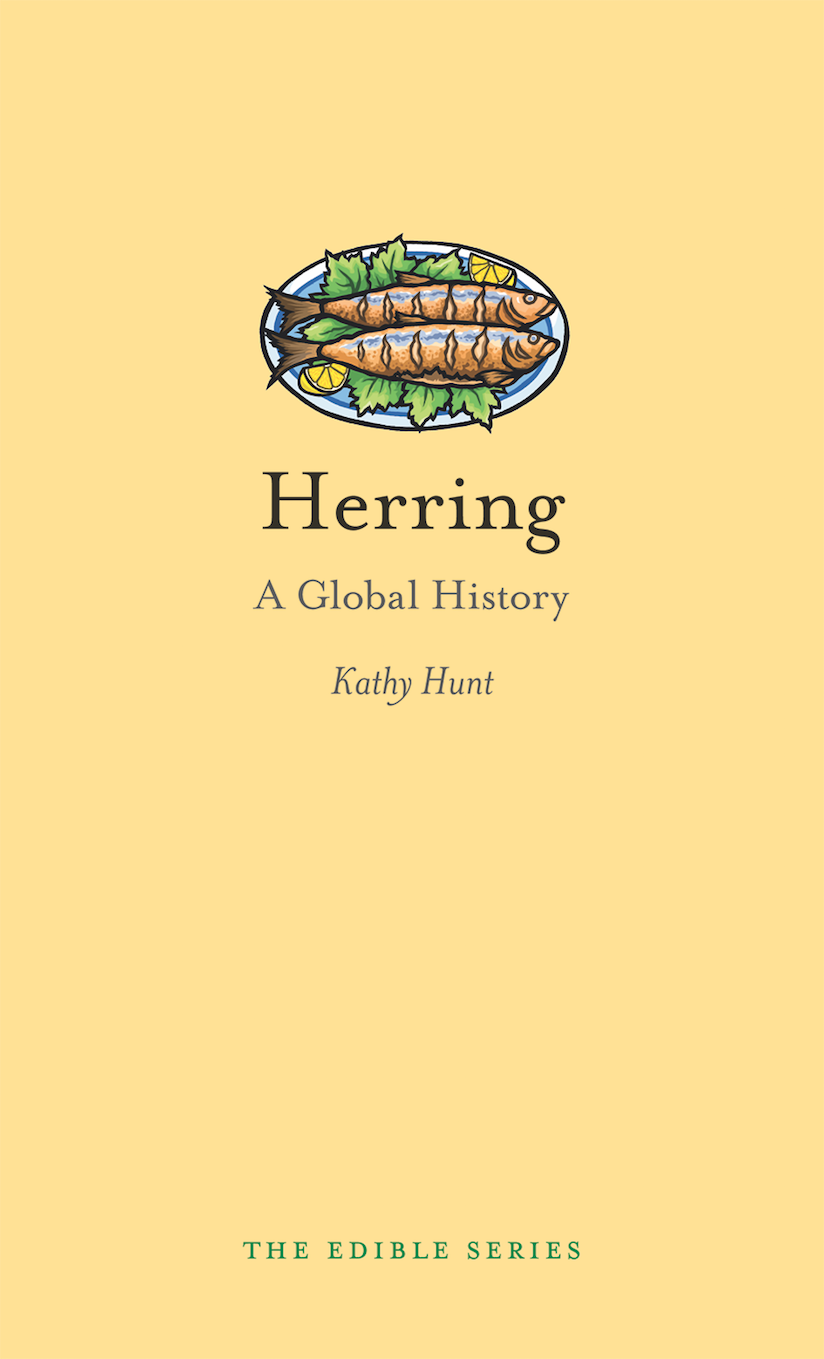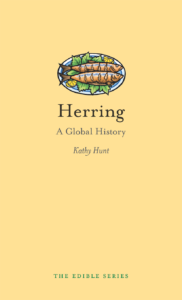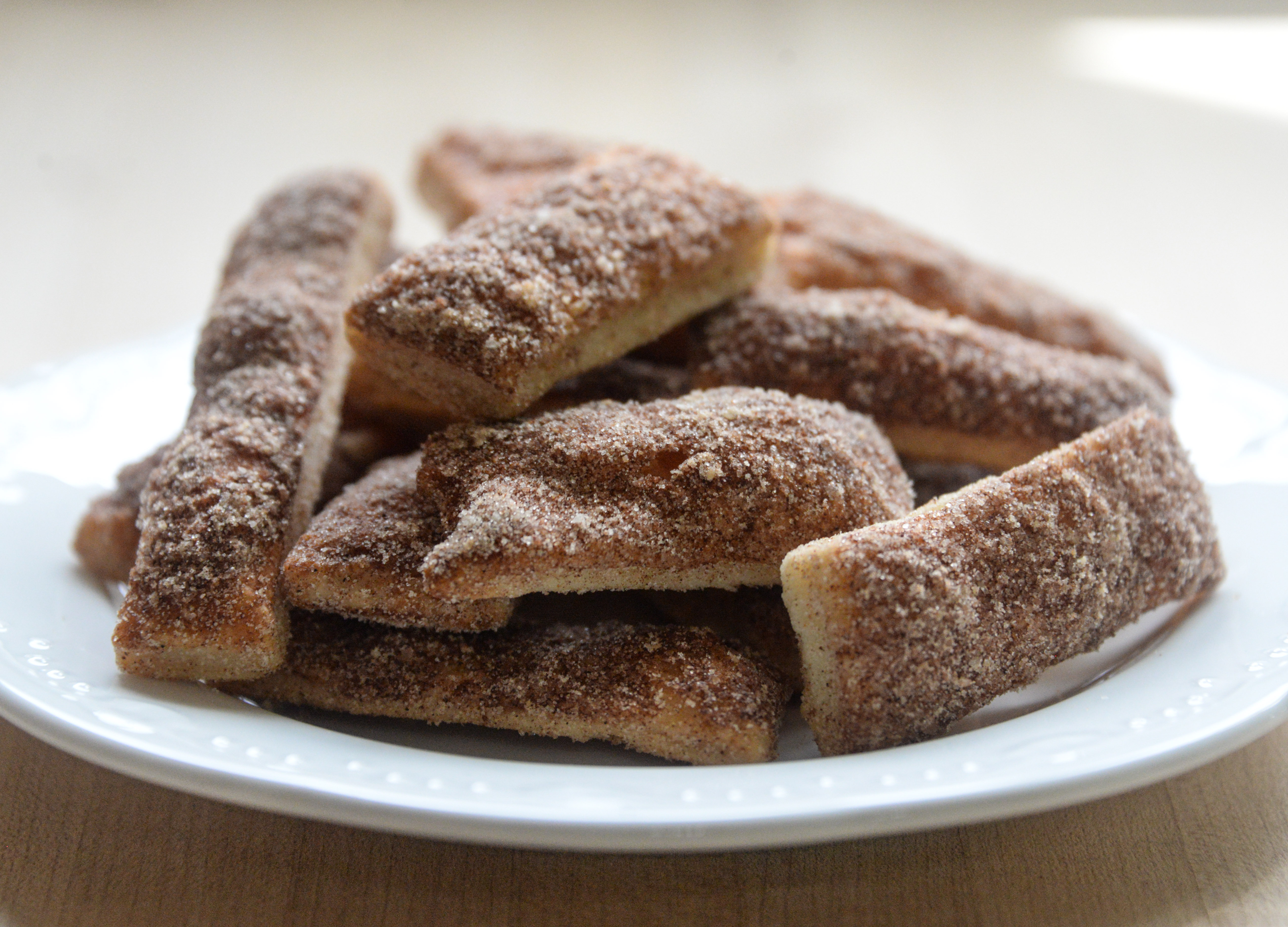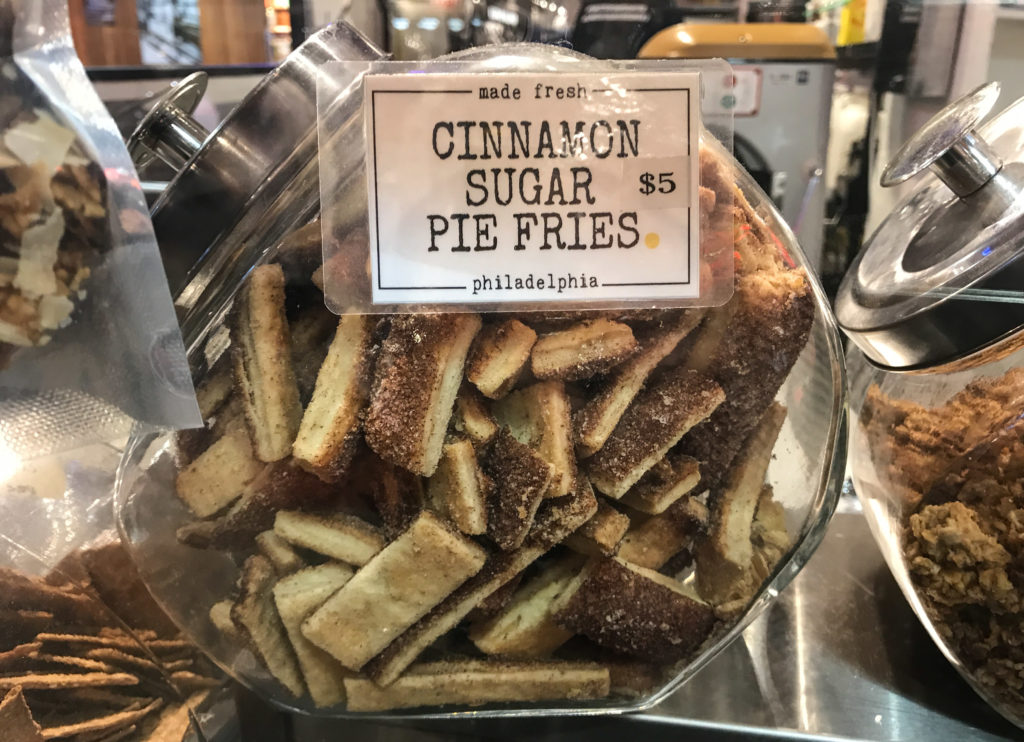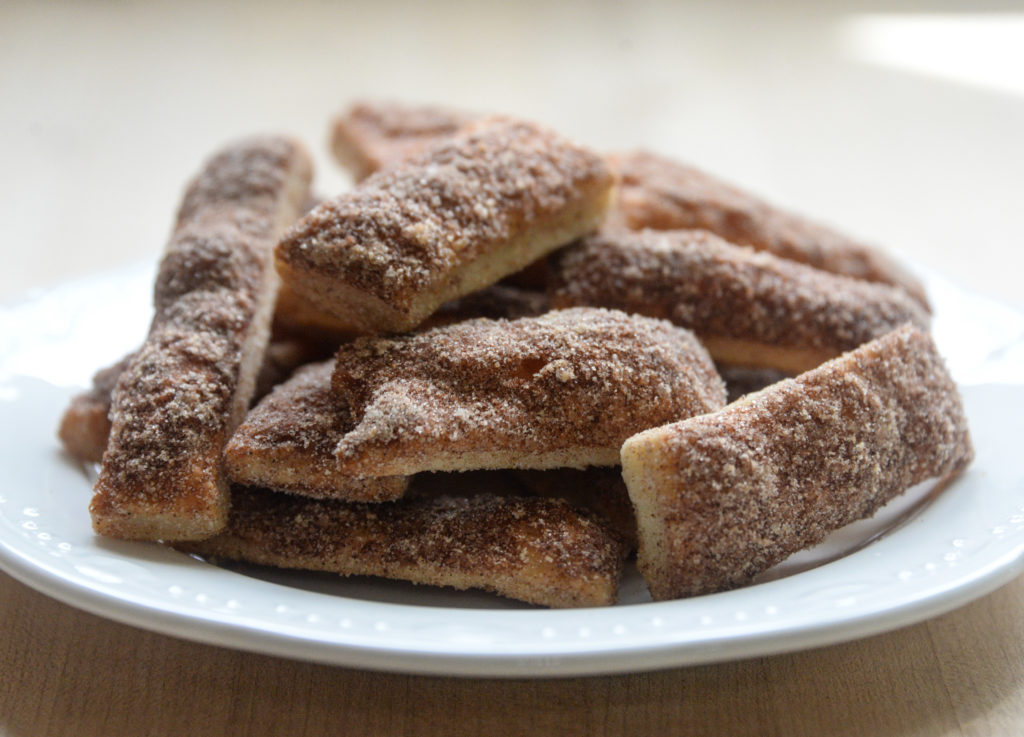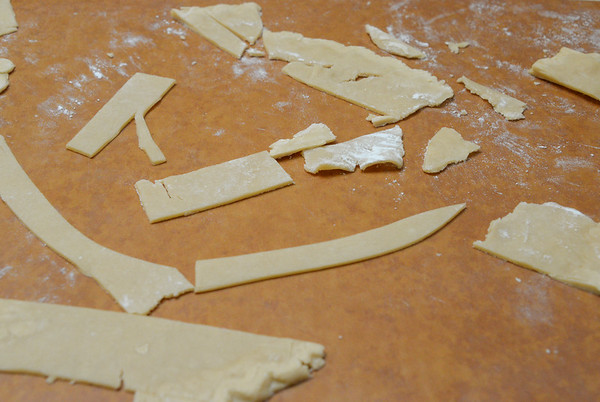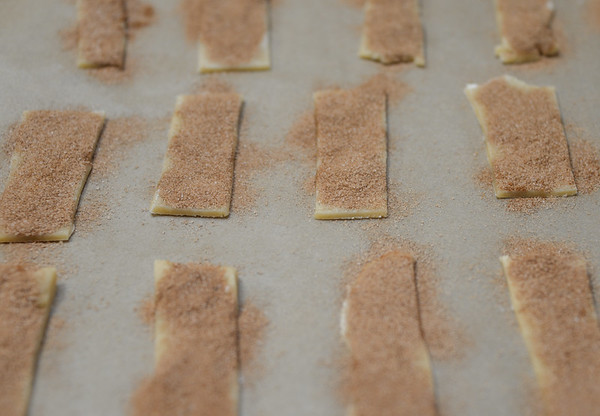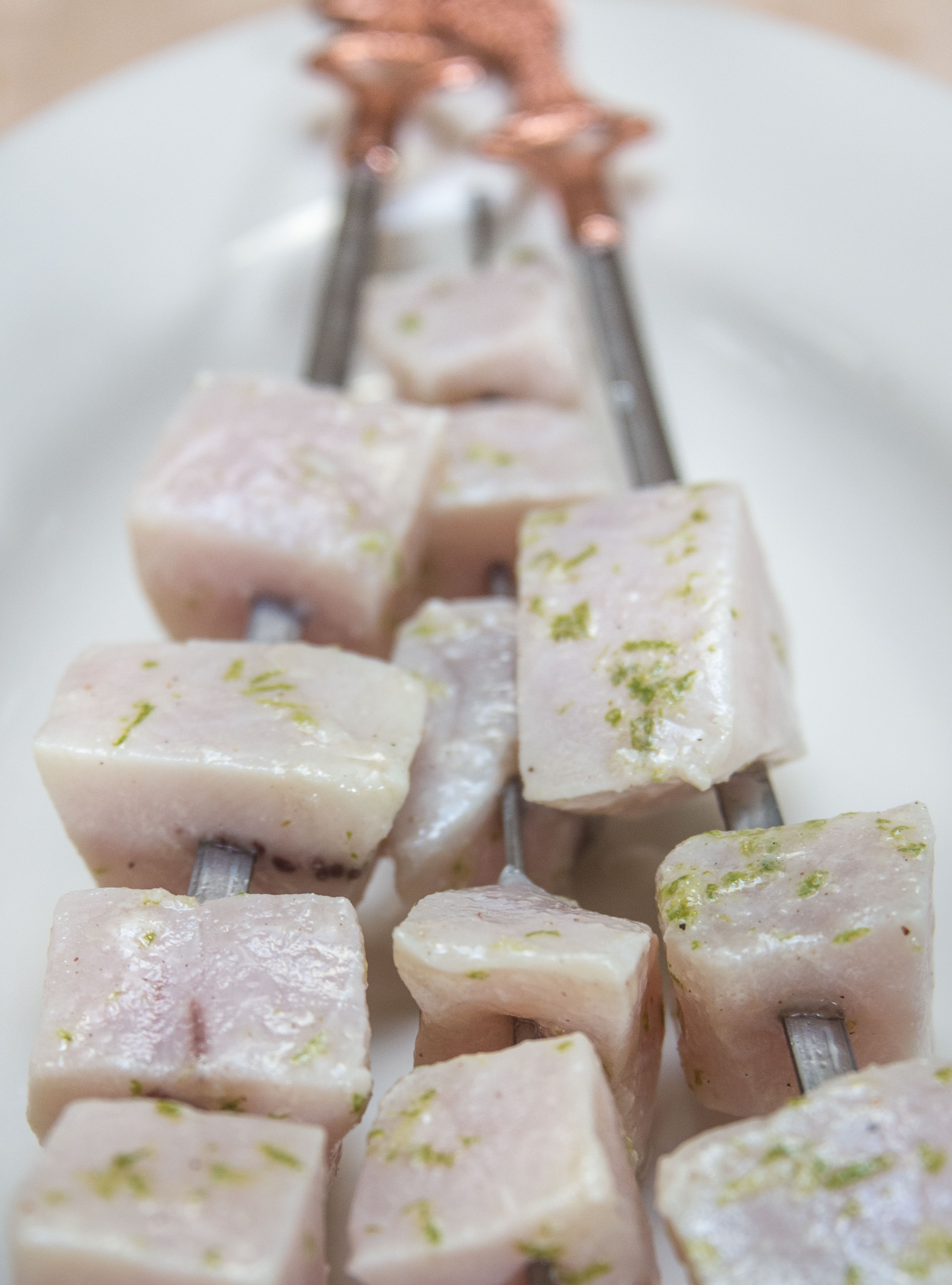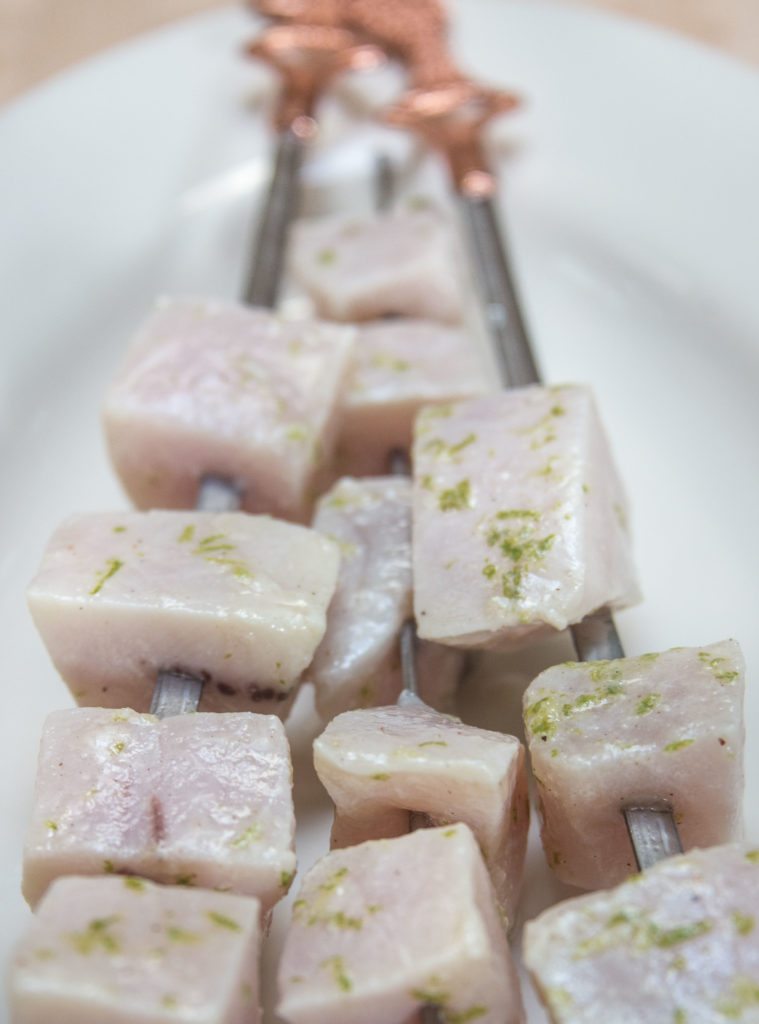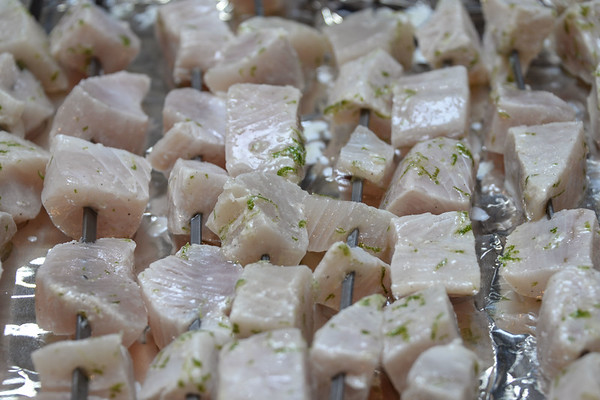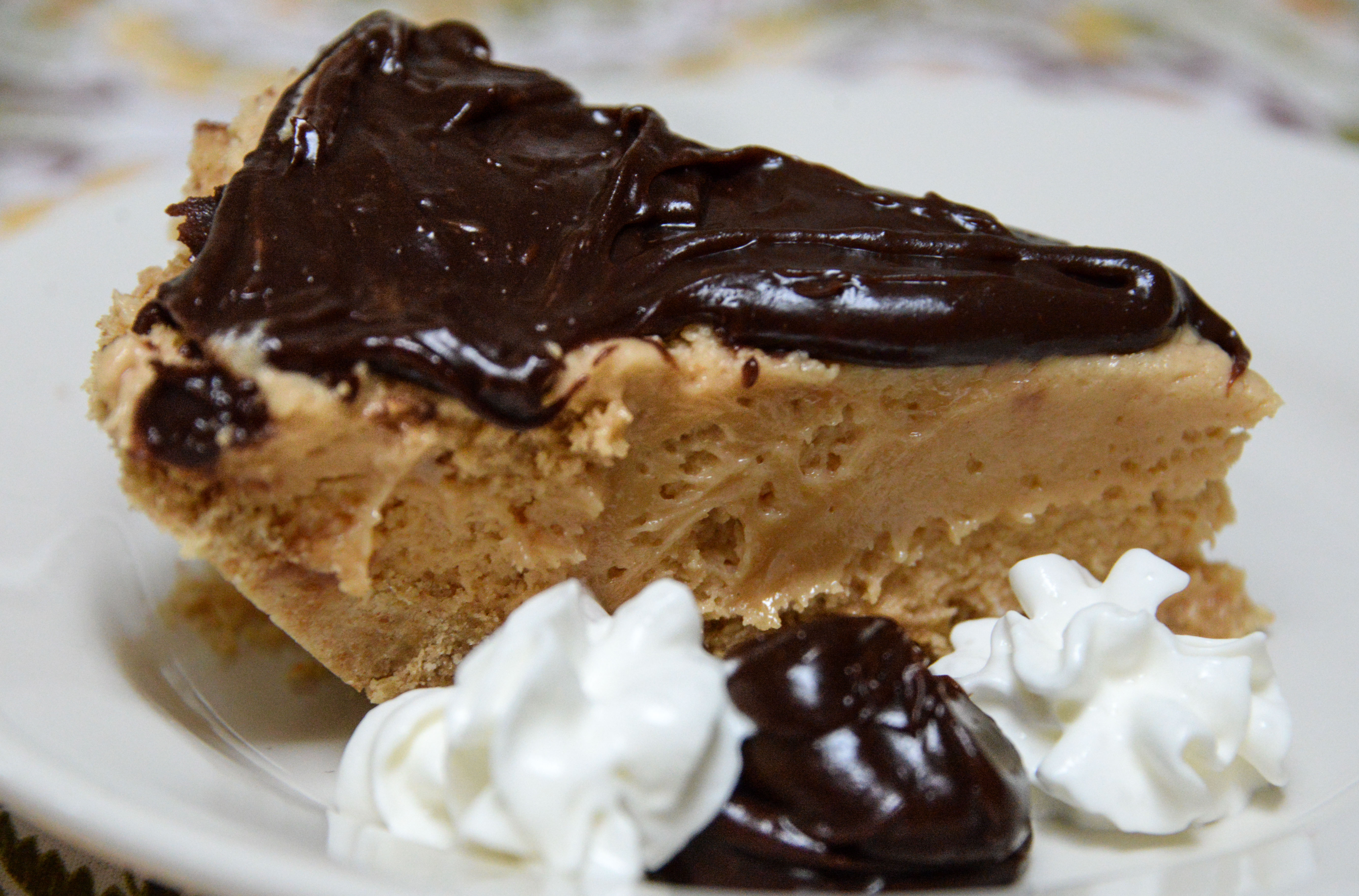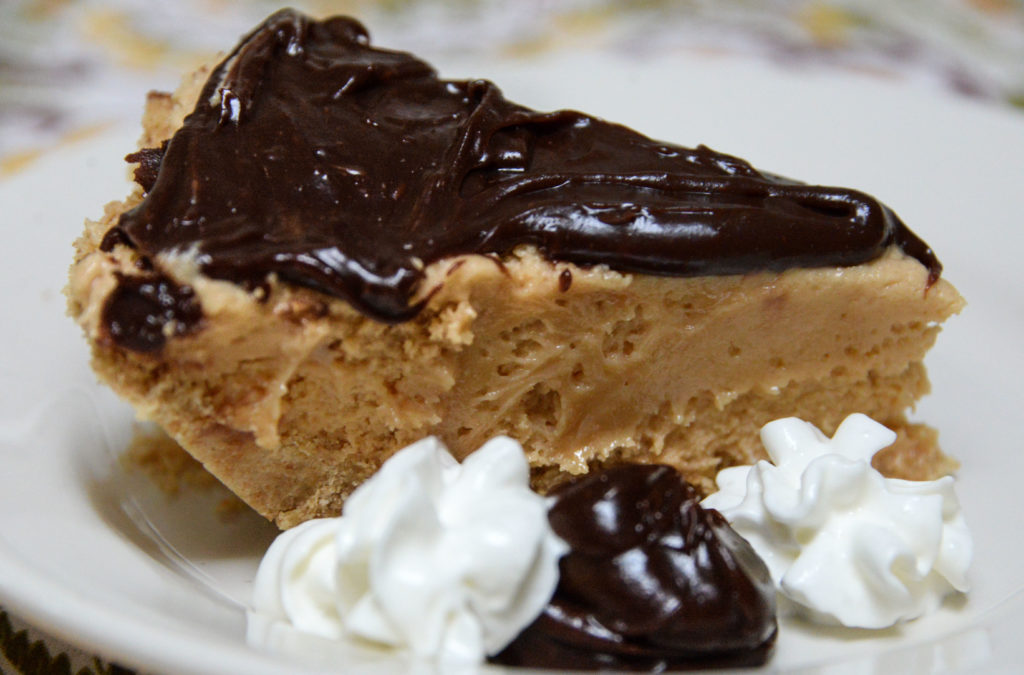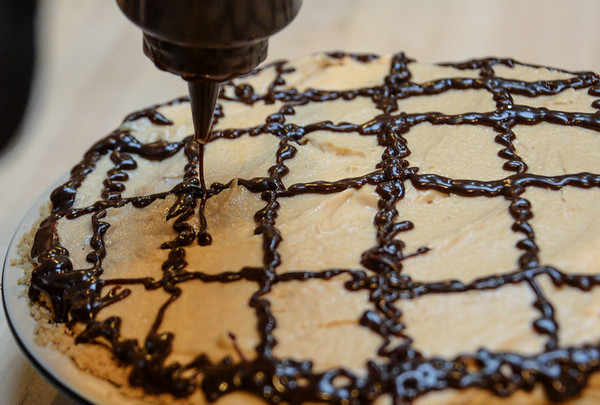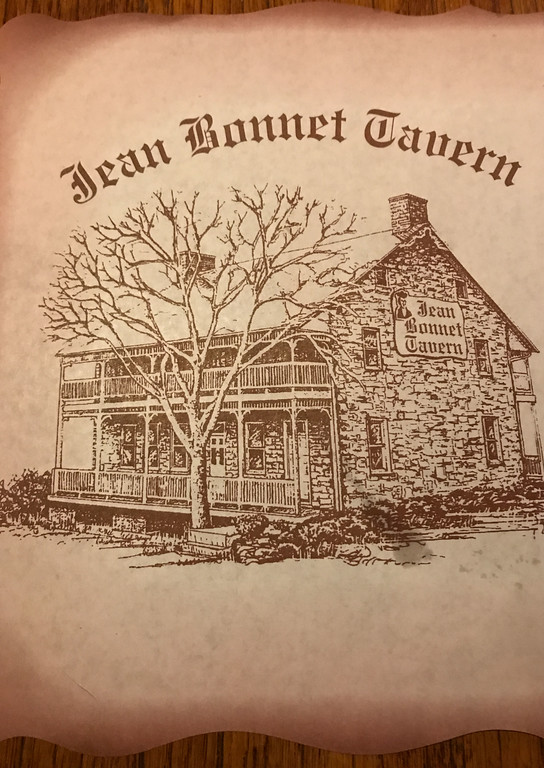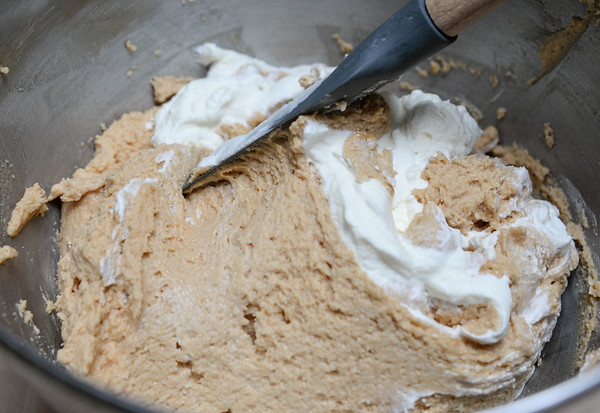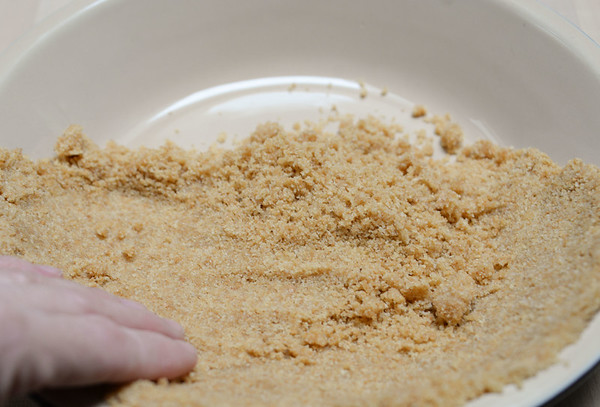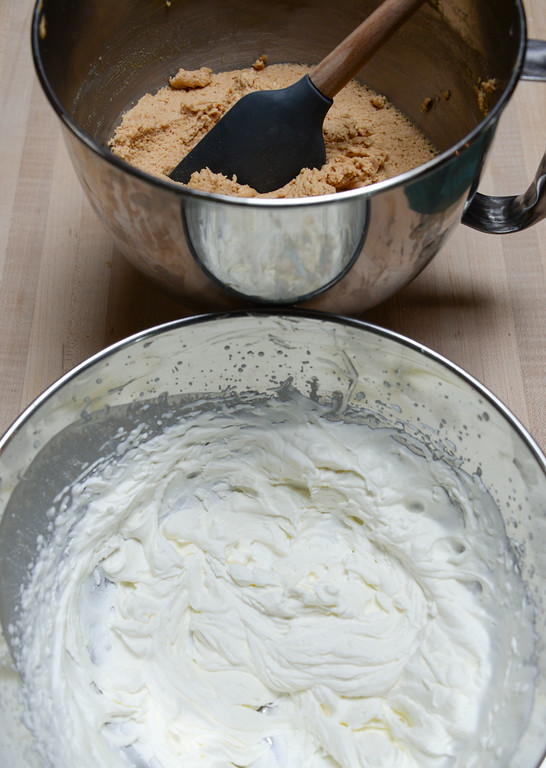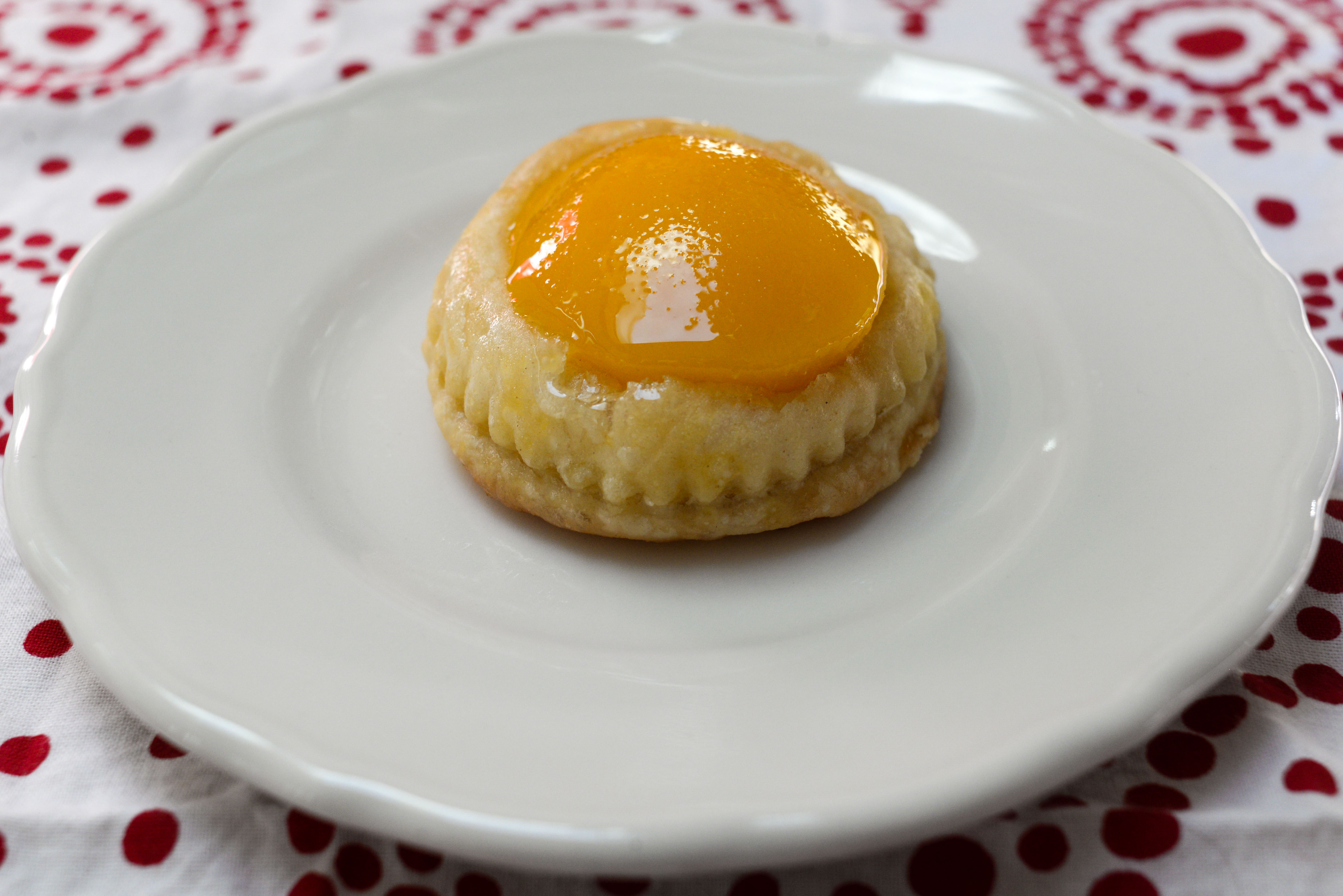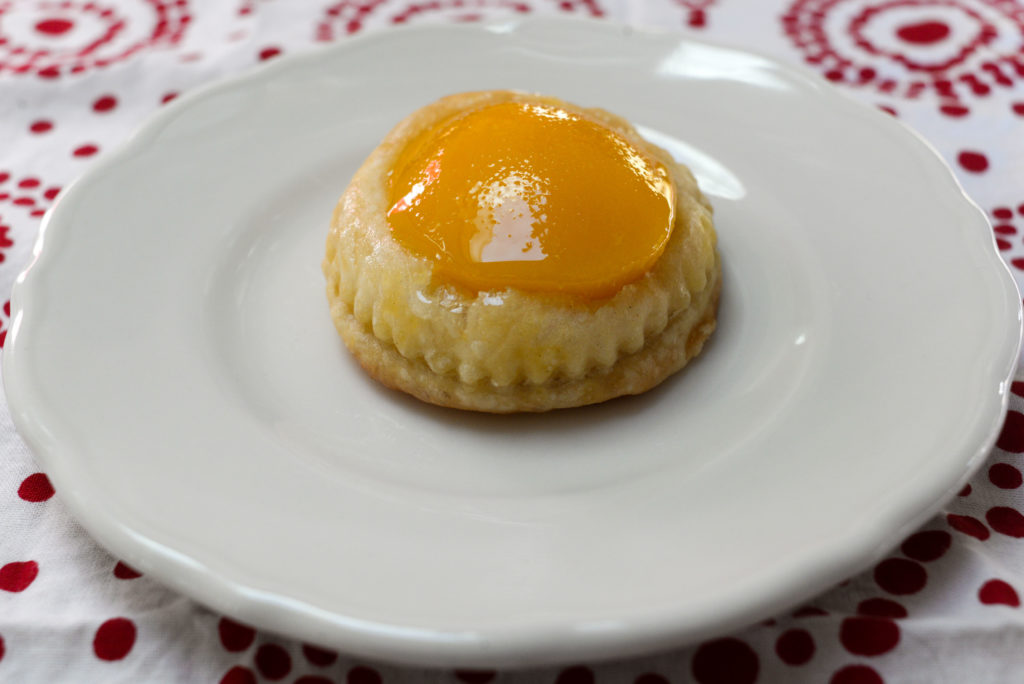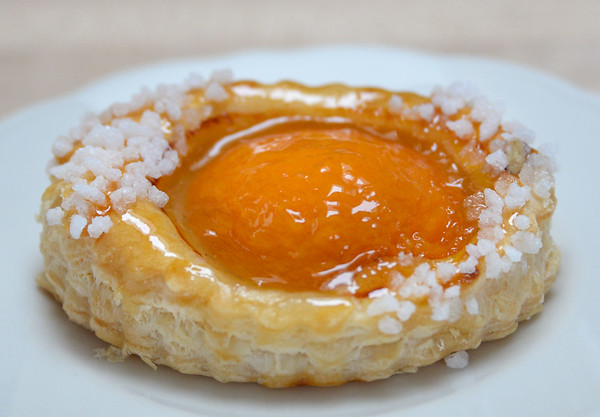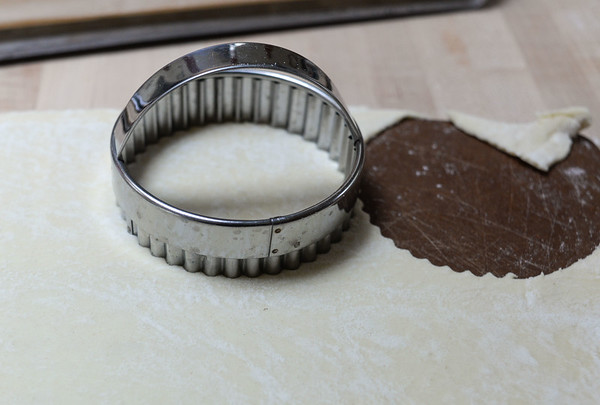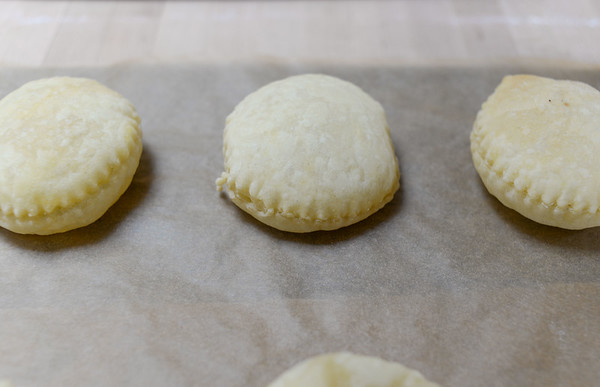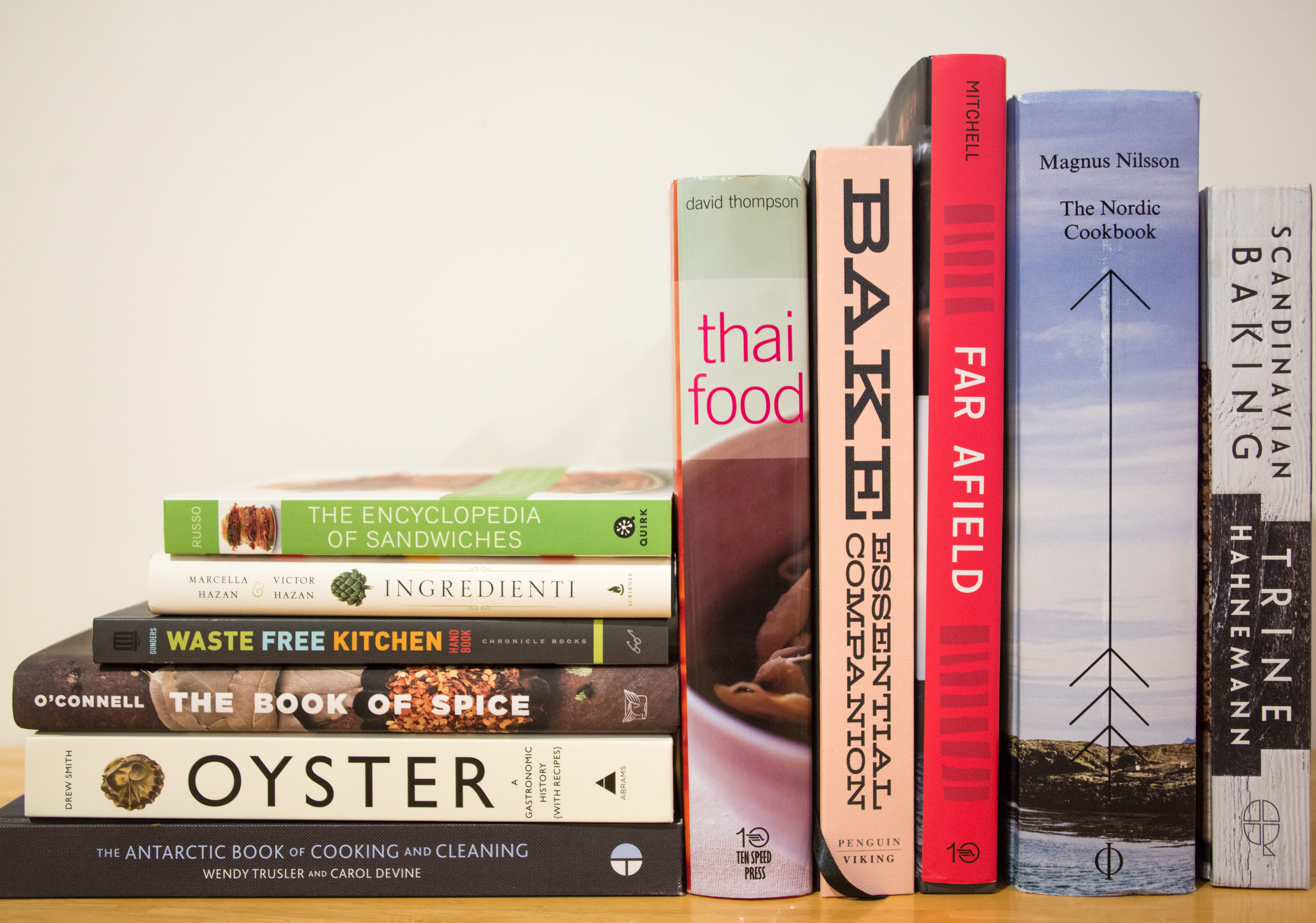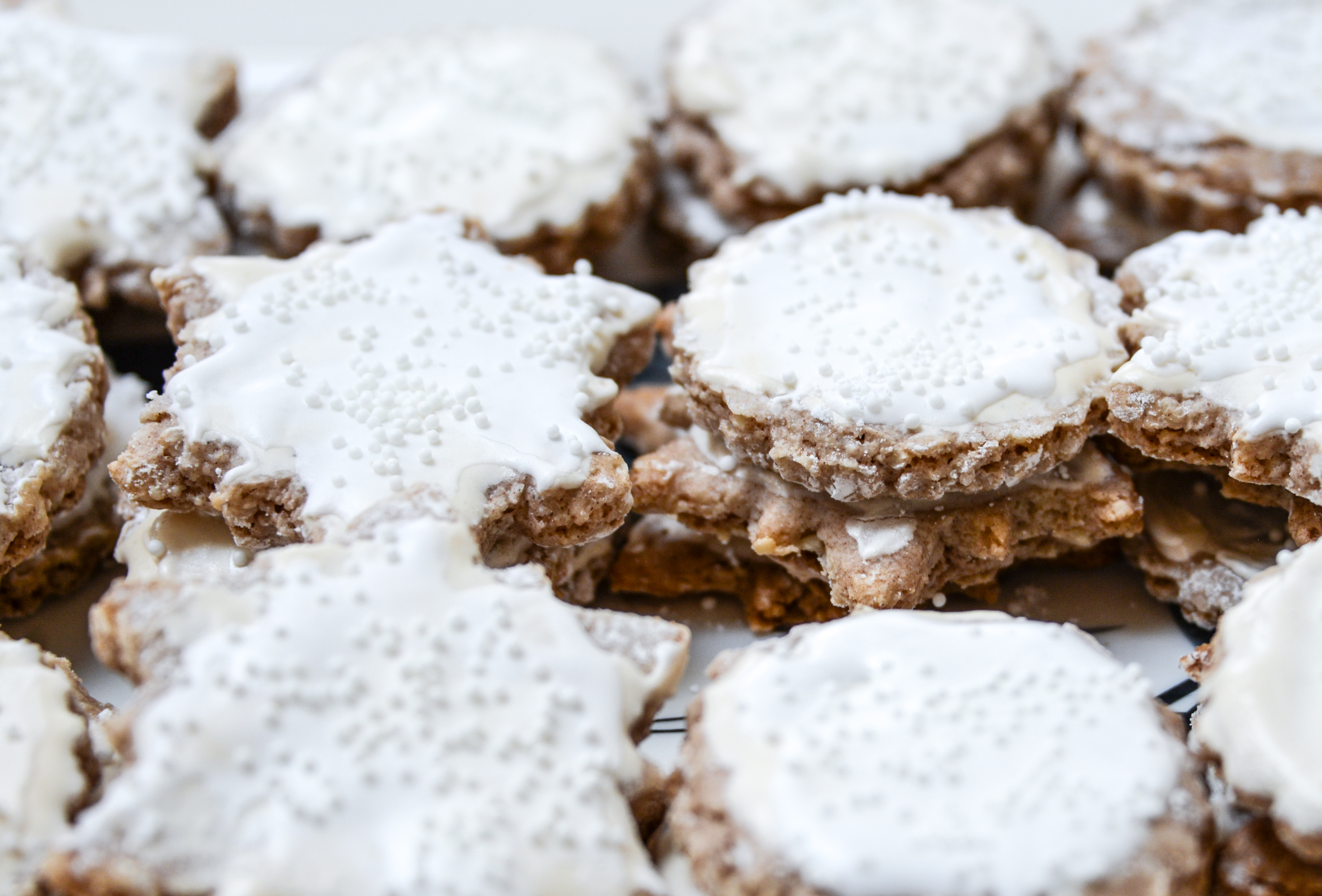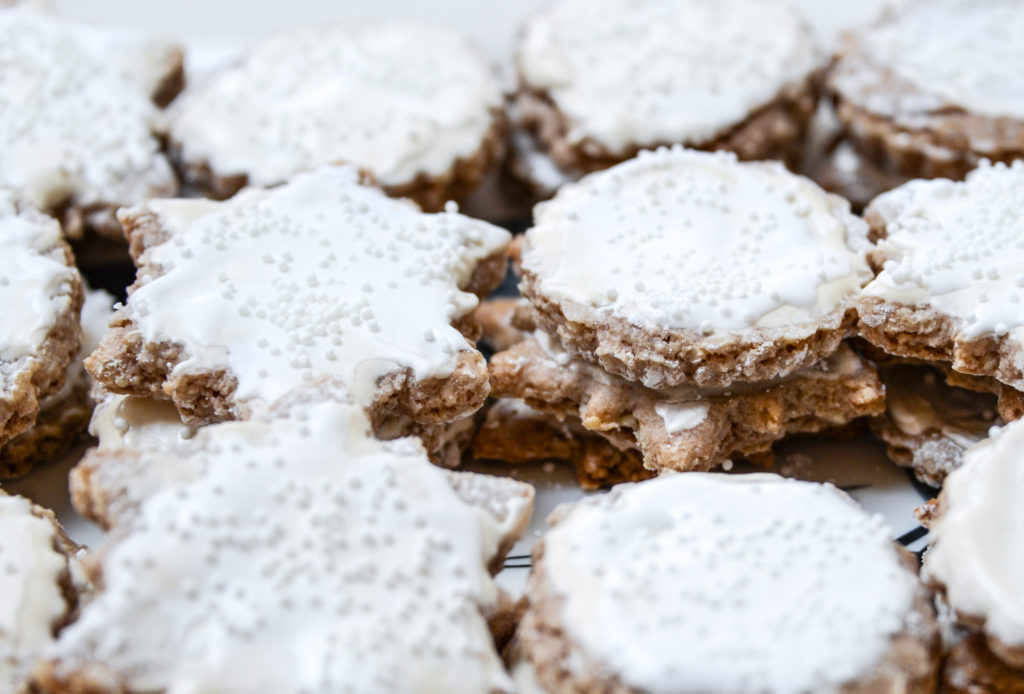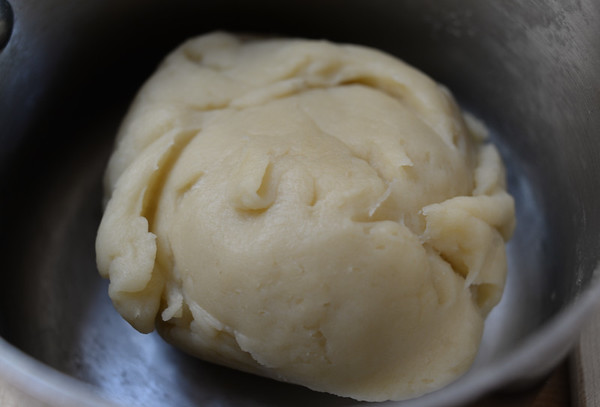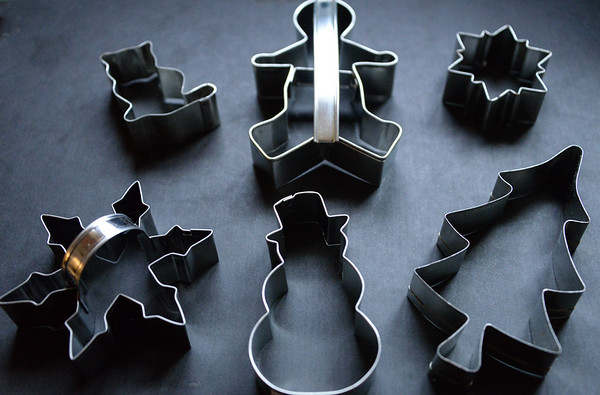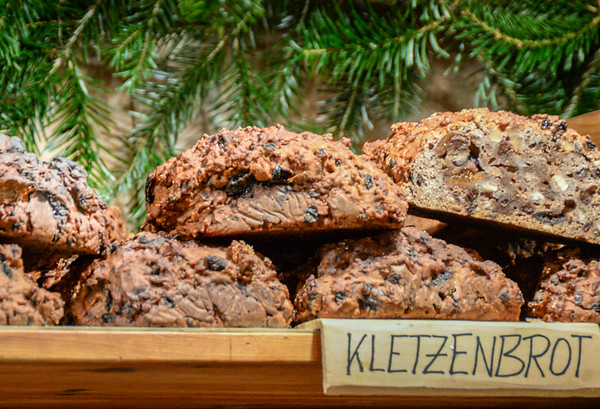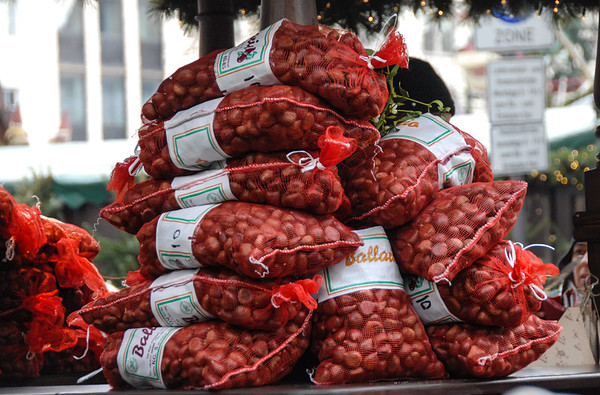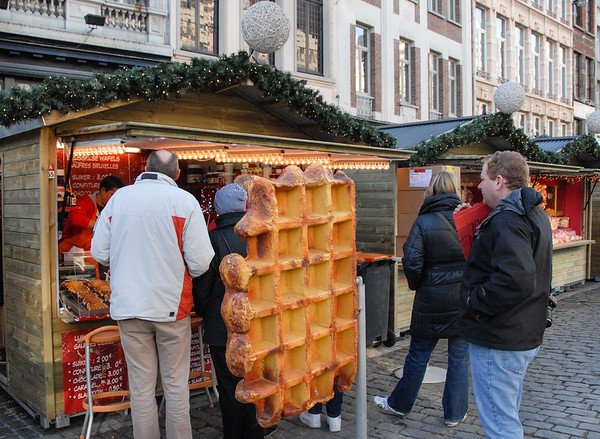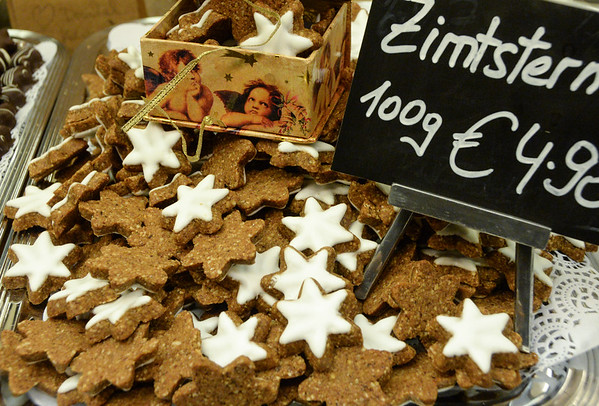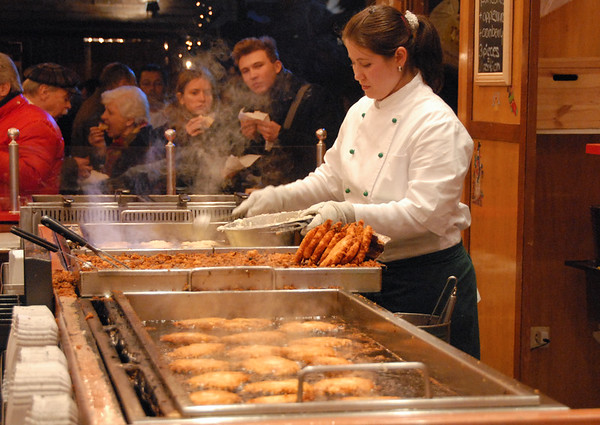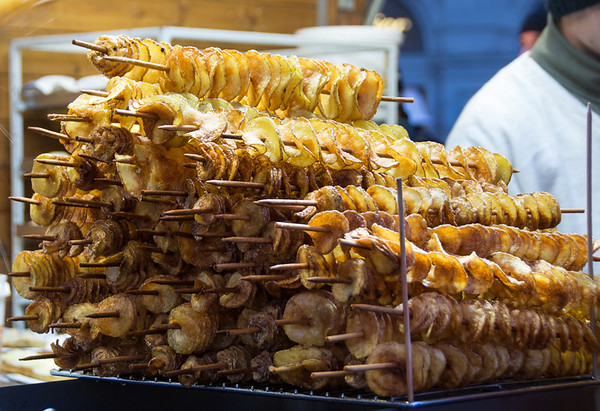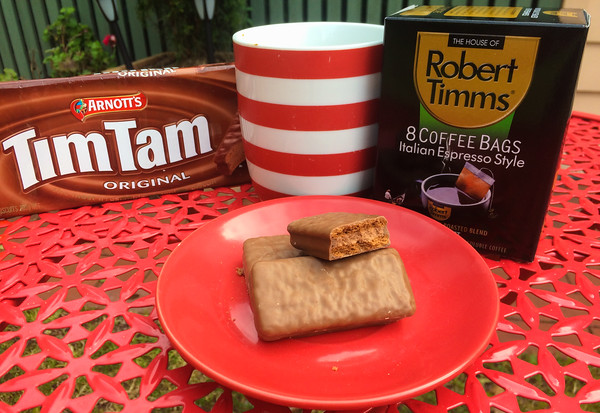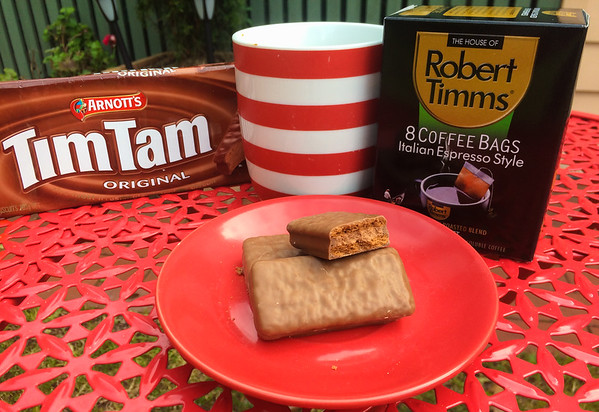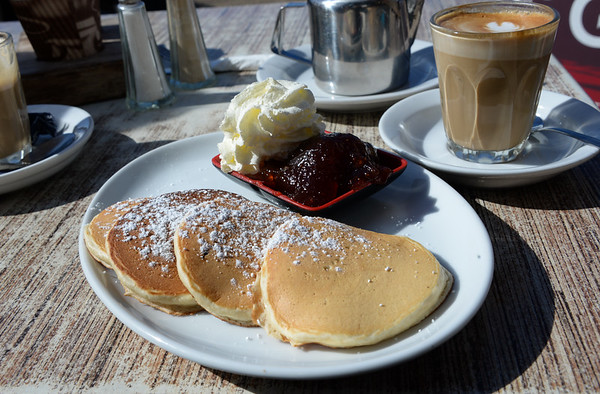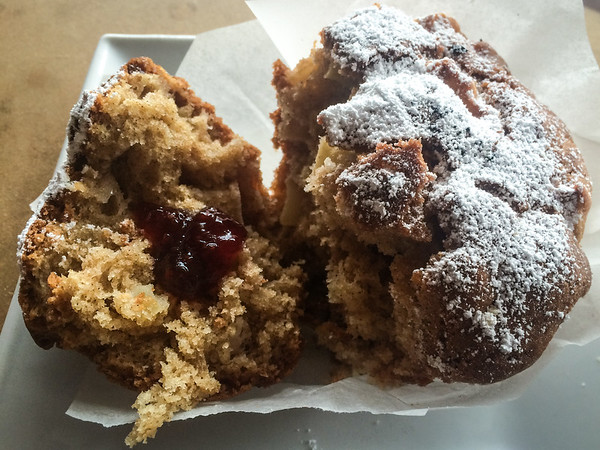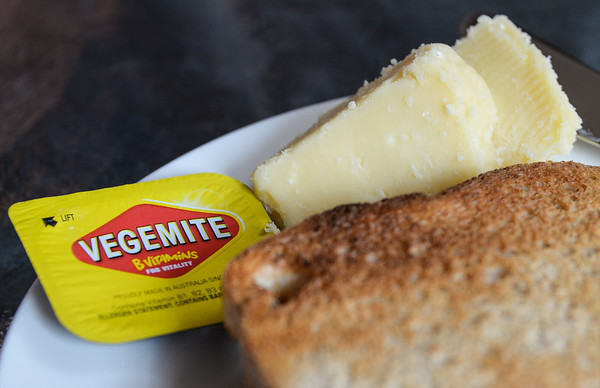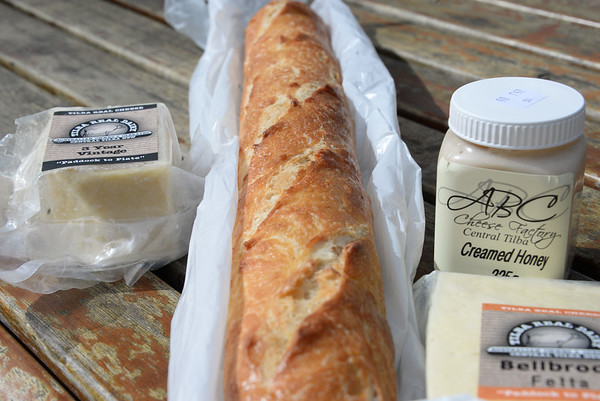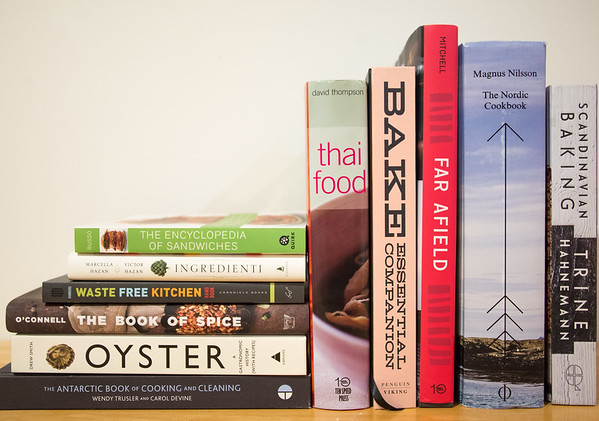
2016’s selection of books for cooks
Yes, I’m squeezing in my seasonal list of books for cooks at the very last minute. This year I’ve got suggestions for readers, history lovers, bakers, spice fans, travel buffs and, of course, cooks. You won’t see any titles by social media darlings or celebrity chefs—if you read Kitchen Kat, you probably already know how to scramble an egg and you probably aren’t going to serve stuffed, roasted goat hearts at your next family gathering—but you will find a wealth of information, solid recipes and great gifts in this mix.
Waste Free Kitchen Handbook by Dana Gunders (Chronicle Books, 2015)
A scientist with the Natural Resources Defense Council, Gunders offers tips for shopping smarter, eating more of what we purchase and throwing away less food. She also provides recipes for making the most of what we have on hand; this includes dishes such as Sautéed Lettuce and Broccoli Stalk Salad. My favorite sections don’t include recipes but instead focus on portion planning, food storage and uses for leftovers and food scraps. Spend less, waste less and buy and eat more consciously with the Waste Free Kitchen Handbook.
Scandinavian Baking by Trine Hahnemann (Quadrille, 2015)
Broken into three parts—sweet treats such as cakes, cookies and pastries, breads and savory tarts and “Midsummer Cake Party”—Scandinavian Baking presents a modern take on Scandinavian baked goods. Danish chef and food writer Hahnemann guides readers through over 100 recipes for such specialties as jam danishes, spiced buns and meringue-topped rhubarb cake. Anecdotes and color photographs enliven this charming cookbook.
Ingredienti by Marcella Hazan and Victor Hazan (Scribner, 2016)
I always think of Marcella Hazan as Italy’s Julia Child; she made authentic Italian cooking approachable for the American home cook. In Ingredienti Victor Hazan presents his late wife’s thoughts on the essential ingredients of Italian cooking. Translated from Marcella’s notebooks, this small but thorough tome discusses everything from artichokes and zucchini to cured meats and olive oil. How to select, store, clean, prepare and pair each ingredient is likewise covered. Engaging and informative, this lovely book would please both readers and cooks.
Far Afield by Shane Mitchell (Ten Speed Press, 2016)
In Far Afield Mitchell presents his culinary travel experiences alongside the dramatic photos of James Fisher. Forty recipes for such region-specific dishes as Hawaiian Pineapple Pie and Mexican Black Beans are scattered throughout the book. Possessing the tag line “rare food encounters from around the world,” this is the book that I would like to write. It’s also the book that I would give to photography lovers, travelers, readers and curious cooks.
The Nordic Cookbook by Magnus Nilsson (Phaidon, 2015)
If you’ve ever wondered how to make your own gravlax or what lingonberries are or are just curious about the history and cuisine of Denmark, the Faroe Islands, Finland, Greenland, Iceland, Norway or Sweden, you’ll want to pick up Nilsson’s magnum opus on Nordic cooking. With over 700 recipes and a wealth of color photos his weighty book offers unique insights into the culinary history, ingredients and techniques of the Nordic region. You can use The Nordic Cookbook as a guide to Nordic life, a cookbook for the region’s cuisines or a fascinating history of food and drink in these Northern European lands.
The Book of Spice by John O’Connell (Pegasus Books, 2016)
If you or someone on your holiday list has an interest in the history, impact and uses of spices, O’Connell’s The Book of Spice is the book to buy. O’Connell devotes the final chapter to spice blends and describes what goes into such mixtures as green and red curry pastes and apple pie mix. It’s a useful resource for cooks and an entertaining book for readers and history buffs. Please note that, like Hazan’s Ingredienti, recipes are not included.
The Encyclopedia of Sandwiches by Susan Russo (Quirk Books, 2010)
I’m always on the lookout for quirky but worthwhile food books like Susan Russo’s The Encyclopedia of Sandwiches. This compact cookbook serves up history, trivia and recipes for sandwiches from around the globe. American favorites such as grilled cheese, egg salad sandwiches and BLTs go head-to-head with regional specialities such as West Virginia’s fried baloney, New Orlean’s muffuletta and New England’s lobster roll. Recipes for such country-specific sandwiches as Mexico’s tortas, Cuba’s cubanos and England’s chip butty are among the gems on offer. This is a fantastic book for any cook. After all, who doesn’t love a good, homemade sandwich?
Oyster by Drew Smith (Abrams, 2015)
With Oyster readers learn the long, rich history of oysters and how these bivalves influenced art, literature, cooking and commerce throughout the centuries. In Oyster cooks and seafood fans receive 50 classic and contemporary recipes and practical tips. Featuring color illustrations and photographs, Smith’s hardcover is pretty enough to be a coffee table book yet practical and informative enough to be valuable for all cooks.
Bake: Essential Companion by Alison Thompson (Tuttle Publishing, 2015)
Here’s another treat for both new and accomplished bakers. In Bake Australian pastry chef and author Alison Thompson delivers 200 recipes for and lessons in making yeast breads, pastries, croissants muffins, scones, cookies, cakes and gluten-free goodies. A few Australian specialities, such as Lamingtons, pavlovas and Anzacs, also grace the pages of this approachable cookbook.
Thai Food by David Thompson (Ten Speed Press, 2002)
Chef, food writer and restaurateur David Thompson spent 10 years working on Thai Food and it shows. This 673-page cookbook carefully details the culture, traditional recipes, ingredients and techniques of Thai cooking. Recognizable dishes such as red and green curries, crispy noodles and green papaya salad appear alongside less familiar but equally traditional foods such as prawns simmered in caramel and sugar cane, mangosteen and mussel curry and “golden teardrops.” Fascinating headnotes and illustrative photos appear throughout the book. If you or your gift recipients love cooking and eating Thai, then David Thompson’s exhaustive Thai Food is a must.
The Antarctic Book of Cooking and Cleaning by Wendy Trusler and Carol Devine (Harper Design, 2015)
One part travel journal, one part history, one part report on the civilian clean-up of Antarctica and one part cookbook, The Antarctic Book of Cooking and Cleaning immerses readers in polar life. As someone long fascinated with Antarctica, I devoured the stories, photos and menus shared by Trusler and Devine. I also appreciated the 40 or so straightforward recipes such as Spiced Tea, White Bean and Garlic Soup and Fruit Nut Rings. Whether you share my interest in this continent or just like reading about food, travel, the environment, politics or history, you will enjoy this rare and thoughtful book.





